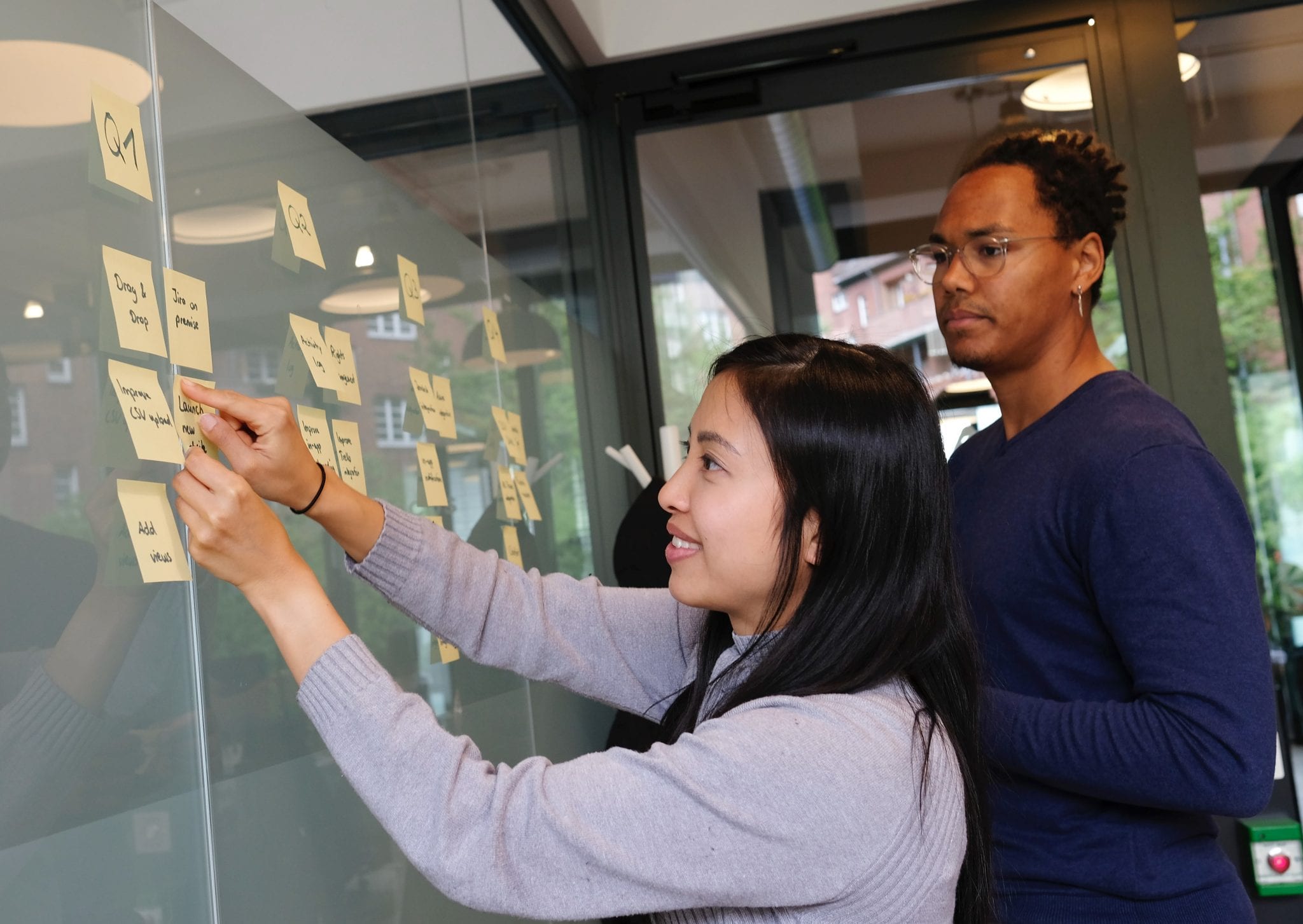Pillar 1: Clarify the Path
Moving student pathways out of just the advisor’s office into the entire system of the school takes a top-down vision and drive. Leaders who have been successful at this initiative take staff and faculty through a long, hard look at existing programs. Guided pathways affect every aspect of the institution from recruiting to onboarding to graduation with everything in-between. Still, getting started can be tricky. Here are a few tips.
Begin with Engagement
Creating a clear path begins with broadly engaging faculty and staff. Also, taking staff through the painful first pass can hurt. Engagement is never easy. Still, college leaders reap rewards for doing so. Per the Center for Community College Engagement 2020 National Report (CCCE), a majority (58%) of faculty respondents who report they are at schools using student pathways believe the program improves student outcomes. Yet, part-time faculty is not as involved as full-time faculty. Still, part-time faculty teach a majority of the classes at most colleges. Leaders must be willing to reach into both full-time and part-time faculty to push the vision of the student pathway model forward.
Asking the best questions
Therefore, to clarify the path, college leaders will benefit from asking hard questions about their current programs. This moment may be a time to call in outside consultants to facilitate the team through this tedious task. Per the Community College Resource Center (CCRC), deans can ask these tough questions:
- How are our programs designed to guide and prepare students to enter further education and employment in fields of importance to our region?
- Are the education and employment targets clearly specified for every program?
- How clearly are our programs mapped out?
- Do the students know the courses they should take and in what sequence?
- What courses are clearly defined and critical for success for each program?
Know the end result
Still, college leaders will need to know what the end result looks like. Then leaders need to tell faculty and staff what the outcomes are. Per the CCRC, schools will need these requirements:
- A description of the program – including special admission requirements.
- A detailed list of job types and transfer programs that the program is designed to prepare students for.
- A full-program sequence of courses that can serve as a default plan for students who intend to pursue the program and will help ensure skill-building across the curriculum.
- Critical courses that students must pass to progress in the program.
- Academic and non-academic milestones throughout the entire program that students are expected to achieve to ensure timely program completion.
- Information on baccalaureate transfer or other further education opportunities, including specific program and selectivity. requirements (varies by institution and/or program) sample program plans at common destination institutions.
- Information on career opportunities for graduates.
Collaboration is Key
Most importantly, college leaders cannot just layout student pathways themselves. Nor can they just leave the work up to advisors. To clarify the path, leaders must ensure faculty, advisors, and support staff must work together to map out the pathways. Still, it is tempting to limit the number of departments involved in curriculum design. Yet, cooperation within and across departments is necessary to define the courses, integrate the sequence to meet program requirements, and add tech support. Once the maps are made, everyone will need to work together to guide students. Faculty will work together to assess students’ mastery of learning outcomes. All faculty and staff will be assessing whether skill-building is or is not happening for each student.
Laying the Groundwork
At the same time, college leaders need to be preparing the school for the implementation of the guided pathways. During the initial phase, leaders should be making the case for moving the program over to the new model. Teams should be reviewing student data and experiences. The vision for change should be clear. At the same time, faculty teams should be creating program maps for all programs and fields. Leaders should be looking at redesigning the intake system and its supporting technology. A plan for the reorganization of advising to support the program implementation should be coming together. Upgrades to the student information system should be well underway. This system will support progress monitoring and flag underserved students.
In sum, college leaders should expect to spend five (5) years preparing to implement student pathway programs. Still, this investment will pay off. The long-term benefits of a healthy student pathway program will deliver results well into the future. Schools that use guided pathways to build reputable programs will reap profits.




